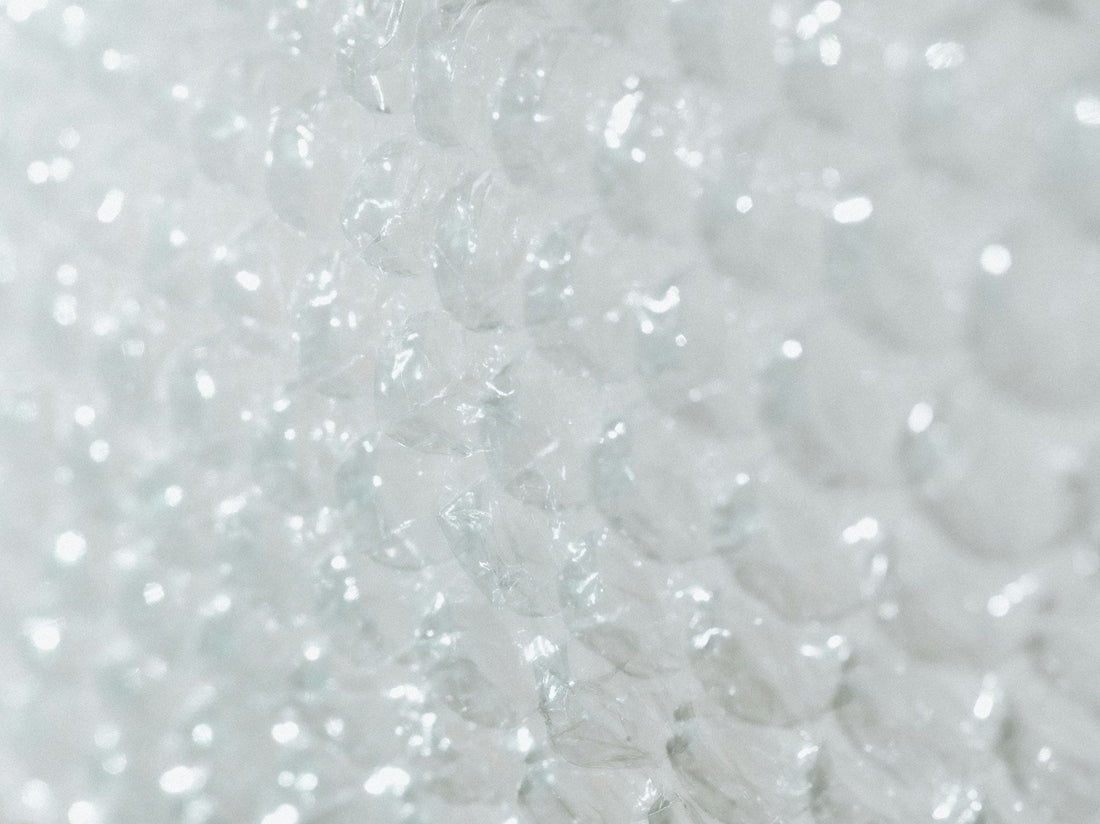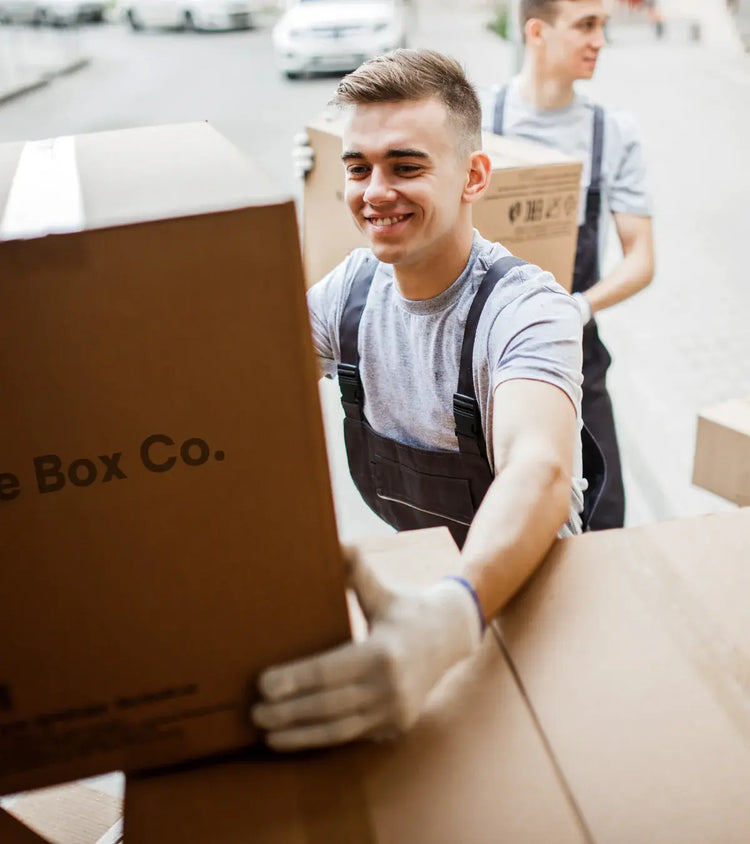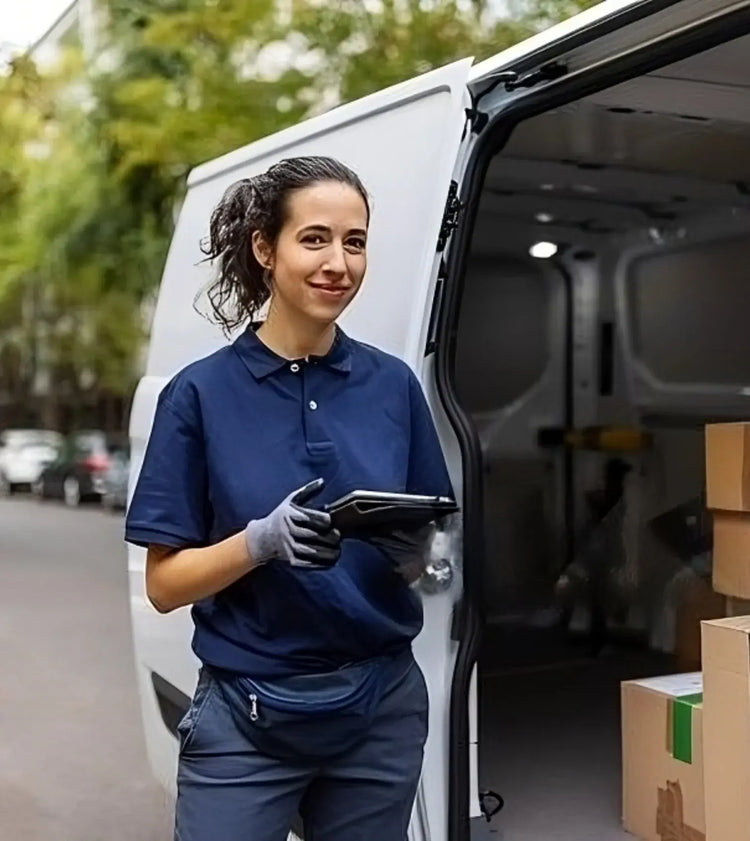
What Are The Best Packing Materials For Fragile Items?

Share
The best packing materials for fragile items are bubble wrap, packing paper, cardboard boxes, and foam sheets. These materials provide the cushioning and support needed to prevent breakage during a move.
Whether you're packing up delicate glassware, electronics, family heirlooms, or framed artwork, using the right packing materials is key to keeping everything intact.
In this guide, we’ll walk through the best packing materials for fragile items, how to use them, and what to consider for specific packing challenges.
Best Packing Materials for Fragile Items
Bubble Wrap
Bubble wrap is one of the most well-known materials for protecting fragile items. It absorbs impact, cushions delicate surfaces, and can be used on nearly anything breakable.
Tips for using bubble wrap:
- Wrap with the bubble side facing the item for max protection
- Use multiple layers on especially fragile or sharp parts
- Tape the wrap in place so it doesn’t shift during the move
Ideal for: Glassware, ceramics, picture frames, electronics.
Packing Paper
Packing paper is clean, flexible, and recyclable. It works well for wrapping items or filling gaps in boxes to prevent things from moving around during the move.
Avoid using newspaper, as the ink can rub off onto your stuff.
Ideal for: Dishes, glasses, mugs, kitchen items.
Strong Cardboard Boxes
Always choose high-quality boxes when packing fragile items. Double-walled cardboard boxes are especially good for heavy or valuable items because they’re more rigid and less likely to collapse under weight.
Ideal for: Kitchenware, small appliances, books, collectibles

Picture Cartons and Dividers
Specialty boxes like picture cartons are designed to fit framed art, mirrors, or flat fragile items. For glassware and bottles, use cardboard dividers to keep items from bumping into each other.
Ideal for: Artwork, mirrors, wine glasses, bottles
Other Packing Materials To Consider
Foam Sheets and Foam Pouches
Foam is thin, soft, and great for stacking things like plates or protecting screens. Foam pouches are great for quickly slipping over flat items without wrapping.
Ideal for: Dishes, monitors, tablets, collectibles
Packing Peanuts
Packing peanuts are useful for filling empty space in boxes, preventing items from shifting. While traditional peanuts can be messy and non-recyclable, biodegradable options are now available and more eco-friendly.
Ideal for: Odd-shaped items, boxes with extra space
Plastic Moving Boxes
Plastic totes are sturdy, reusable, and resistant to moisture. They're especially helpful for moves where boxes may be exposed to rain or humidity. Clear options make it easy to see what’s inside.
Ideal for: Electronics, important documents, long-distance moves.
Wardrobe Boxes
These tall boxes come with built-in rails for hanging clothes, saving time on packing and unpacking. They're also useful for transporting other tall, oddly shaped items upright and protected.
Ideal for: Hanging garments, tall lamps, large décor items.
Silica Gel Packs
Silica gel is used to reduce moisture and protect sensitive items from humidity. They're especially helpful for long-distance or long-term storage.
Ideal for: Electronics, photos, important papers.
Edge Protectors and Moving Blankets
Protective edge guards and thick moving blankets help protect larger items from scratches, chips, or dents. Use them on furniture and oversized fragile pieces that don’t fit in boxes.
Ideal for: Tables, mirrors, artwork, furniture.
How to Pack Heavy Fragile Items
Packing heavy fragile items takes extra care. Follow these steps to reduce the risk of damage:
- Choose strong, double-walled boxes that can handle the weight
- Cushion the bottom of the box with packing paper or bubble wrap
- Wrap each item individually using bubble wrap or foam
- Place heavier items at the bottom and lighter ones on top
- Fill empty spaces with paper, foam, or packing peanuts to stop movement
- Tape the box securely along all seams
- Clearly label the box as “Fragile” and “Heavy,” and list contents
Best Way to Transport Fragile Items
Even the best packing materials won’t help if your boxes aren’t handled with care. Be sure to:
- Label boxes with "Fragile" and list contents to guide your movers
- Use fragile packing tape or stickers for visibility
- Group fragile items together so they’re handled with consistent care
- Keep high-priority fragile boxes separate if you're moving them yourself
Keeping Your Fragile Items Safe
Fragile items need extra attention, but with the right packing materials, you can protect everything from glassware to electronics. Bubble wrap, foam sheets, packing paper, and quality boxes all play a part in reducing damage during a move.
It’s worth spending a little more on good packing supplies for the peace of mind that comes with knowing your belongings are protected.
Looking for reliable, high-quality packing materials? The Box Co. has everything you need. You can even order your supplies when you book your move, making the whole process faster, easier, and less stressful.
Ready to get packing? Shop your materials today and move with confidence.



